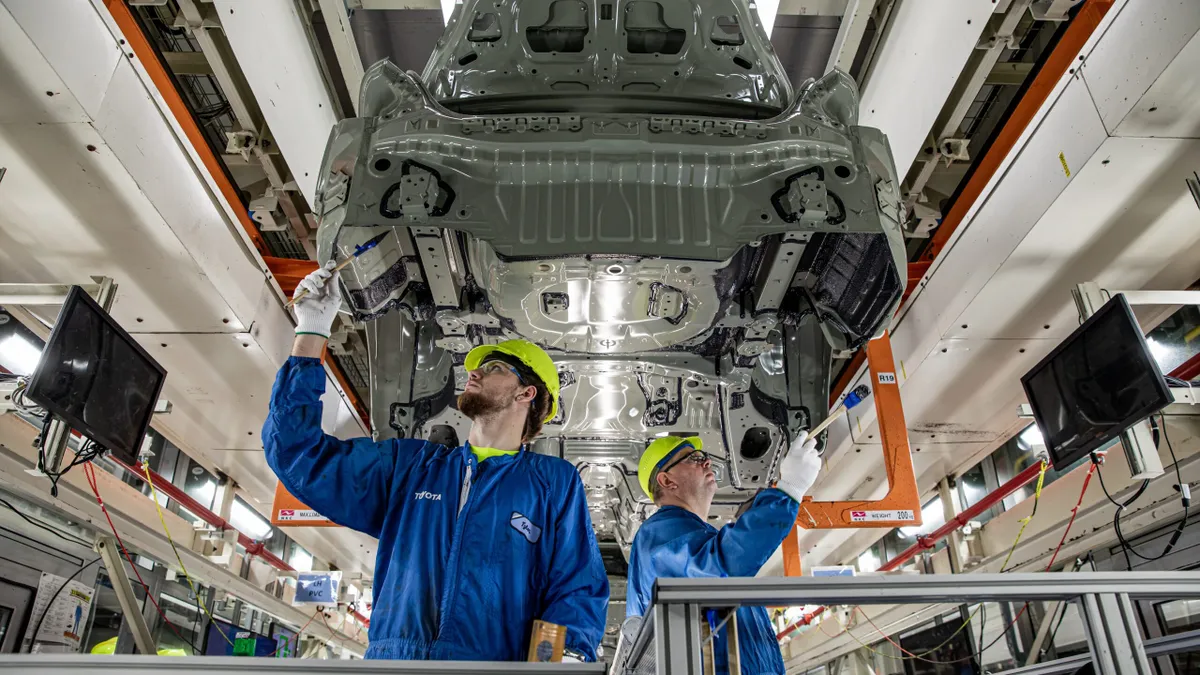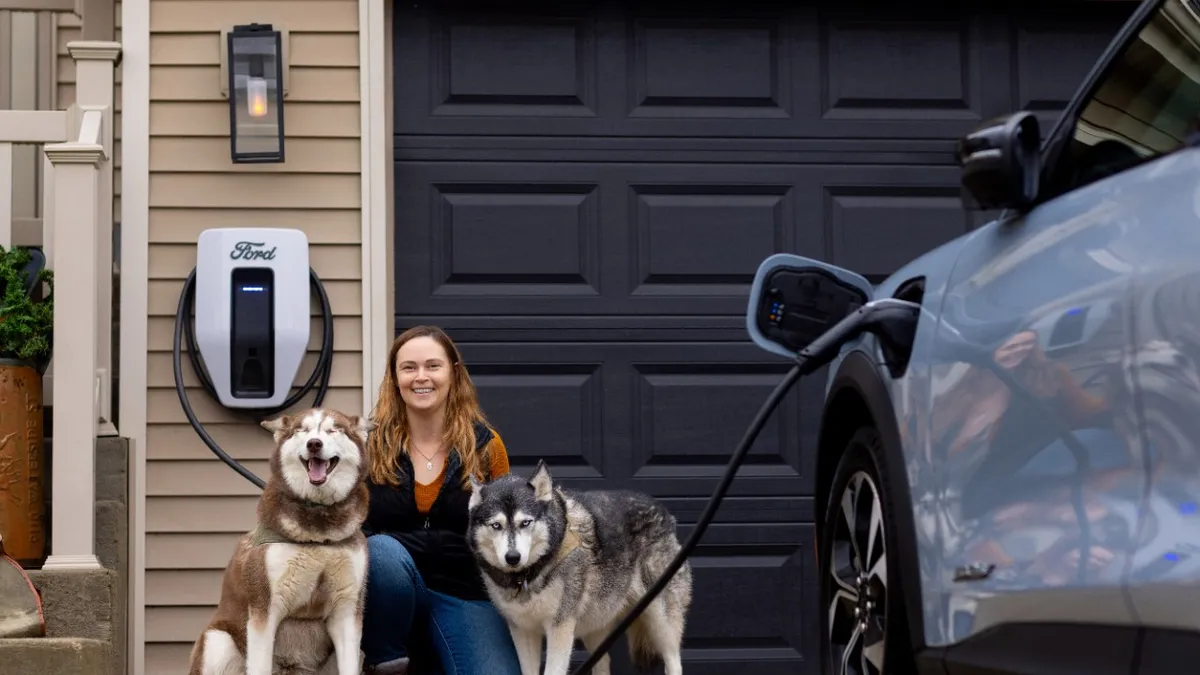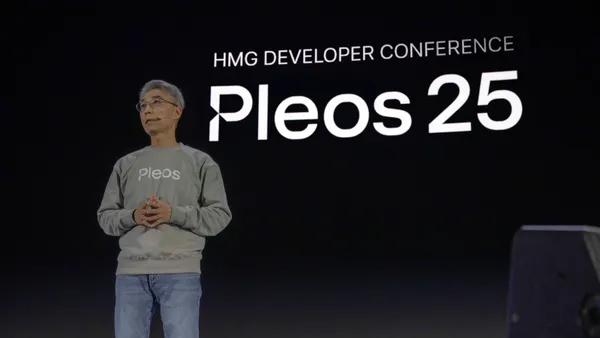Toyota Motor Corporation is investing billions to build new battery electric vehicles in the U.S., and that’s just the start of the Japan-based automaker’s plans to reconfigure its factories ahead of next-generation launches in 2026.
During the company’s earnings call last week, President and CEO Koji Sato said a critical focus ahead of new EV launches is how to reduce EV manufacturing costs, noting that Toyota’s plant processes will be “totally changed.”
“The next-generation BEV must change the factories themselves,” he said via translator, highlighting the need for production efficiencies. “It's not placing an engine on the body and then assembling parts on top, [it’s a] totally new and refreshed process.”
Toyota announced its revamped EV strategy in June 2023, including its plans to use modular designs, giga-casting and self-propelling production technology to lower the costs of production and factory investments.
The automaker reaffirmed its electrification commitments last month with plans to increase its current lineup by releasing 10 new BEV models by 2026, said Hiroki Nakajima, executive vice president and chief technology officer, who oversees products.
“We will also transform manufacturing,” he said. “Drawing on the strengths of our Toyota Production System, we will change the way we work to reduce the number of processes by half. This will entail a shift to more efficient lines, including autonomous inspections and unmanned transport powered by connected technology. We will completely transform the landscape of our production plants.”
Toyota is forecasting a net income of 2.58 trillion yen ($16.5 billion) for fiscal year 2024 ending March 31. Cost reduction efforts are expected to increase profits by 360 billion yen.
Additionally, increasing the appeal and attractiveness of Toyota’s vehicles will in turn generate higher profitability, Sato said during the earnings call. And when it comes to BEVs, that means adding intelligence through enhancements such as Arene, Toyota’s vehicle operating system and software development platform.
“There may be various difficulties, but we want to deliver even better cars to customers,” Sato said. “And by pursuing this goal, we believe that we should be able to achieve that goal of profitability.”












